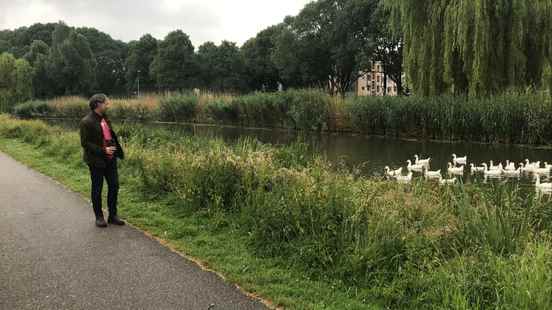Then you have birds that build nests in houses such as the house sparrow, the starling and the swift. Because homes are better insulated and holes and cracks are closed with PU, the birds can no longer build nests. “The starling has an additional disadvantage,” says the biologist. “It looks for its food in low grass. Earthworms, larvae of the crane fly.” Due to the expanding housing construction, that grass is also disappearing more and more, so that the starling has to fly to the edges of the city for a bite of an insect. “They have to fly a rotten, that distance is actually too great to fly back to your nest, so that youngsters don’t get food and die.”
The city bird is having a hard time: ‘If the house sparrow falls away, you have a problem’
